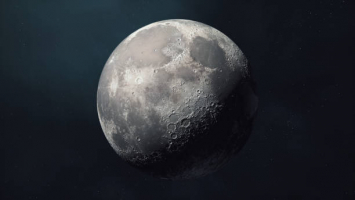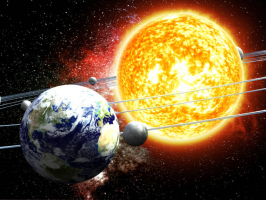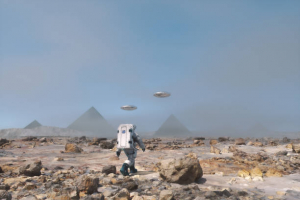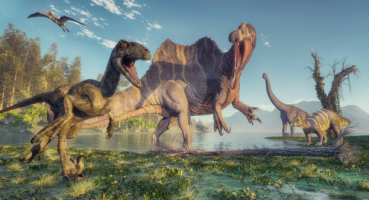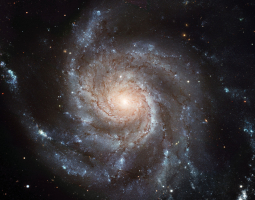Top 10 Unsolved Questions about Astronomy
It is understandable that humanity has only begun to scratch the surface of knowing the universe given its size and age. Many questions concerning space can be ... read more...answered by astronomers, yet some remain unanswered.
-
With the Big Bang, the universe as we know it began 13.8 billion years ago. Science has been able to make educated guesses about what went occurred in the brief seconds following the Big Bang with a considerable amount of certainty. If you're interested in learning more about the history of practically anything, this is all pretty fascinating and is definitely worth looking into. However, while we may make educated guesses about what occurred immediately following the Big Bang, trying to determine what occurred just before it is virtually difficult.
Even the idea of time before the Big Bang seems to defy reason. You probably picture an explosion if you try to picture it. It is a fixed point that blows out, much like any explosion that we can observe now. . We are aware of how grenades operate; they detonate and fly through the air spewing shrapnel. However, since the Big Bang created the cosmos, it cannot function that way. Due to the lack of anything there at the time, it didn't detonate. As a result of the Big Bang, space grew. The idea is difficult to understand. There was no void or uninhabited universe. Nothing was present. Maybe there was, too. There is no way for us to know.
Was the entire cosmos already an explosion of unbounded energy? Everyone else's guess is just as valid as yours. It doesn't even matter what happened before the Big Bang, according to Stephen Hawking, because how could it matter? Just ignore it because it has no relevance to how the universe currently functions.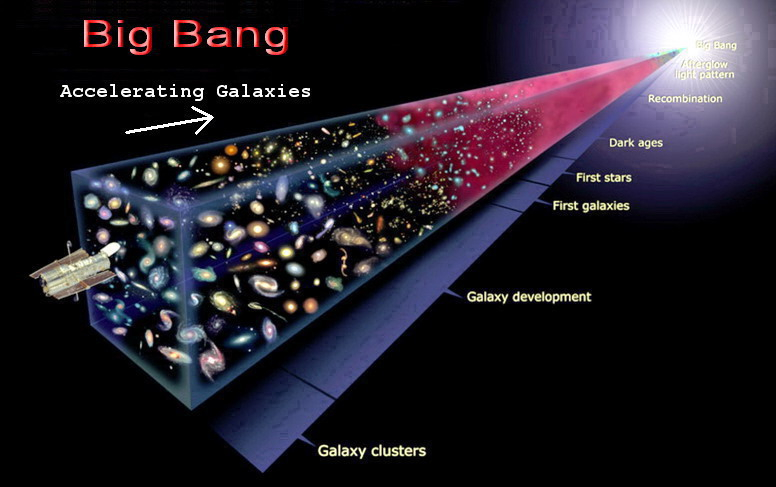
https://intbigbang.weebly.com/ Seeker channel on Youtube -
The universe is filled with a great deal of mass-containing matter. If you had to guess, you'd probably say that most of the mass of the cosmos is made up of objects. Matter, you know. Dogs, planets, stars, and other such things. And you'd be completely mistaken. Most scientists agree that matter makes up only approximately 10% of the universe. Some calculations put the figure at a meager 1%.
Two things are thought to make up the remaining 90% to 99% of the cosmos. Dark matter and dark energy. Dark matter makes up 25% of the universe's mass, while dark energy makes up the remaining 70%. And as we've already shown, we have no idea what dark energy even is.
We don't know what the rest of the universe is exactly, so we don't know how much of it makes up the rest of the universe. It's similar to trying to determine the ingredients used in a cake by looking at the outside. You might be able to get it right with some educated assumptions, but good luck.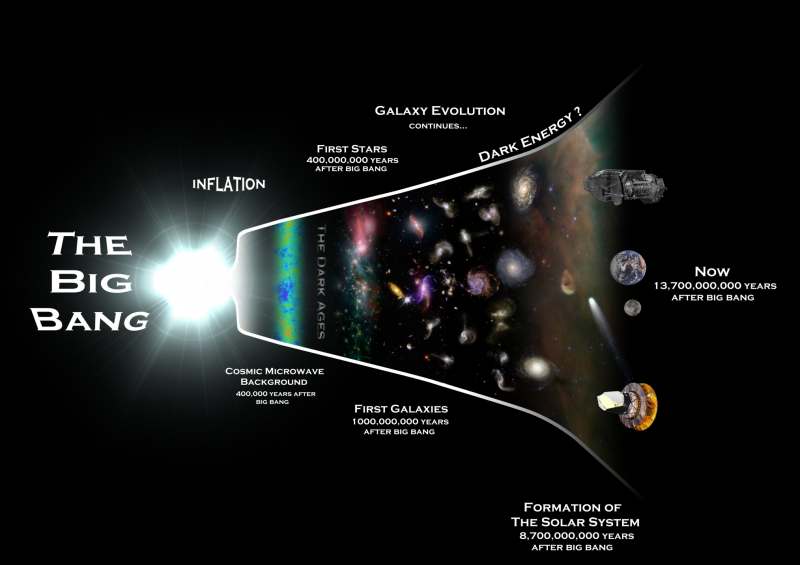
https://scienceblogs.com/ The Economist channel on Youtube -
A rapid radio burst appears on the cosmic screen as an incredibly quick blip. They may just last a millisecond or two and come from a location outside of our galaxy. They are radio pulses with an enigmatic origin that are puzzling from a scientific perspective. As much energy as the sun will emit over several days can be produced in a single burst that lasts less than a millisecond.
About 1,000 of these bursts have been seen by scientists in the past 20 years. Due to their incredible speed, only 15 have been identified in the galaxy they originated from. Though tracing them to a galaxy may seem amazing, keep in mind that a galaxy is enormous. We have no notion where or why these strong bursts come from because we haven't advanced. According to a widely accepted notion, magnetars—the extremely magnetic carcasses of dead stars—might be to blame for the burst. But for the time being, that is only a theory.
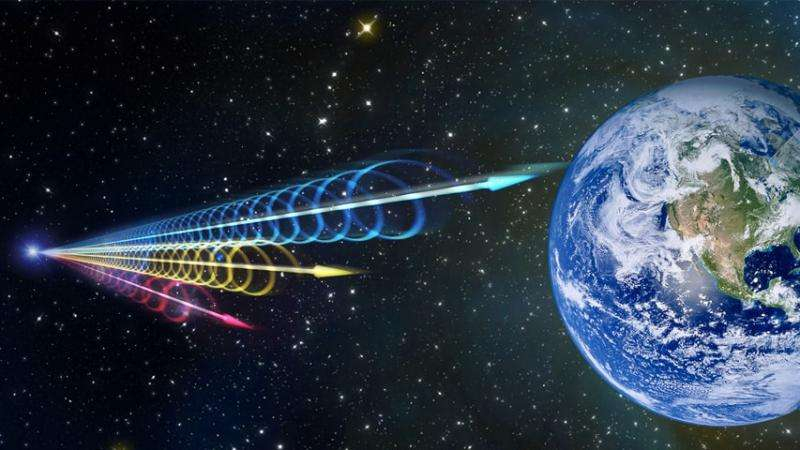
https://phys.org/ Seeker channel on Youtube -
Nobody should be surprised by how hot the sun is. The fact that there is a huge ball of fire in the sky makes sense. But as far as science is concerned, it's a bit of a mystery why it's so hot. The sun's surface is scorchingly hot, at 10,000 degrees Fahrenheit. For comparison, an oxy-acetylene torch can reach temperatures of over 6,000 degrees and magma in a volcano can reach up to 2,300 degrees. So, when compared to the sun, that is really spectacular. However, there is also the sun's corona.
The area surrounding the sun known as the corona, which is filled with flaming plasma, heats up significantly more than the surface. It can get as hot as three million degrees there. The area surrounding the sun known as the corona, which is filled with flaming plasma, heats up significantly more than the surface. It can get as hot as three million degrees there. What's unclear in this case is the science. Why is it so much hotter outside if the heat originates from the sun's core? Just yet, we're unsure.
As a side note, it's important to note that temperatures on Earth do increase. Particles have been crushed together at the Large Hadron Collider, reaching temperatures hotter than a supernova for a relatively brief period of time.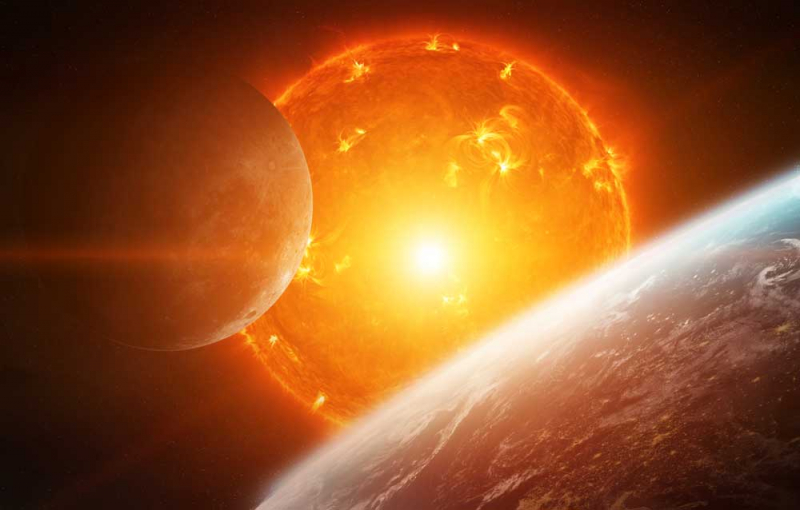
https://www.positivelynaperville.com/ Seeker channel on Youtube -
We have some knowledge of the universe's beginning, or at least the initial moments, but the future is even less certain. There has been much discussion on the direction of the universe over the years, but no clear solution has emerged. Some people think there is no limit to the universe. It'll just carry on. Contradictory hypotheses contend that the universe won't be quite that lucky.
The Big Crunch, which is the Big Bang's antithesis, is one of the best-known hypotheses. If everyone was thrown away by the Bang, the Crunch would be analogous to the stretching and subsequent contraction of an elastic band. The universe will contract and possibly experience another Big Bang.
According to The Big Freeze, the cosmos is on the verge of dying from heat. Up until all matter and energy are distributed and the immense emptiness of close to absolute zero makes up the entirety of existence, everything will gradually die out to the same uniform temperature across the cosmos.
Another hypothesis is that the previously described dark energy may be able to accumulate more quickly than the cosmos itself. The cosmos will eventually be torn apart by an event known as the Big Rip when we eventually have too much energy and it explodes like a powder keg.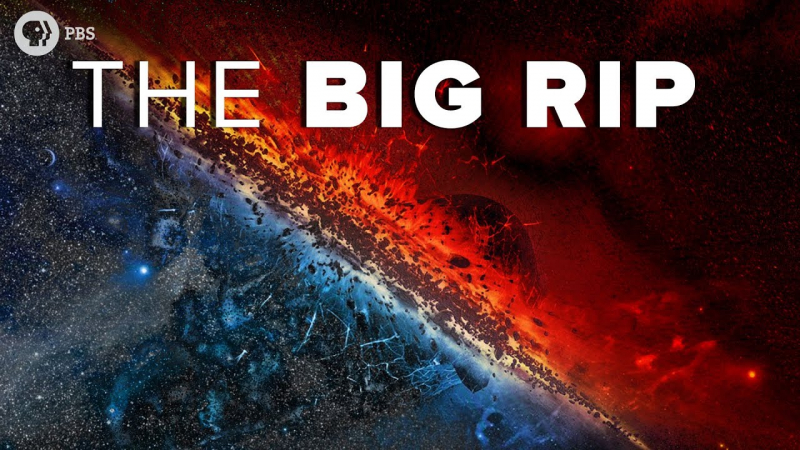
https://www.astrocarma.com/ TED-Ed channel on Youtube -
There are eight planets in our small solar system by itself, and there may be a ninth that has not yet been found. The only one among those with life is Earth. Additionally, when we extend our search outside of our solar system, we haven't yet been successful in locating evidence of extraterrestrial life. But how many different worlds are we discussing? How many planets are there that may harbor life?
That question cannot be answered by science because it is practically unattainable with the level of technology now available. With a diameter of 92 billion light years, the cosmos is enormous. Finding a needle in a haystack seems like attempting to find an elephant in your toilet when you have to search through all that area. The worst of it is not even that.
Although we are unable to determine the precise number of planets, we can make some educated predictions. You can begin by making a broad generalization about stars. There should be at least one planet in every star. Keeping in mind that ours has eight, this is extremely conservative. If the cosmos has 100 billion galaxies, then there are already 100 billion planets. But a galaxy consists of numerous solar systems, with each galaxy having an estimated one billion trillion stars. We've now reached numbers that hardly make sense and are seldom mentioned in normal conversation.
According to the calculations, there are 70 quintillion planets. That consists of a 7 and 20 zeros. How many of those might resemble Earth, if any, is absolutely unknown. It's also feasible that we are actually by ourselves. Does it seem improbable? Although it seems logical, science doesn't truly operate that way.
Only a relatively limited number of exoplanets that fit certain requirements for life, such as size and distance from their star, have been found. It's a startlingly small population, though, and there are still no indications that life is thriving there.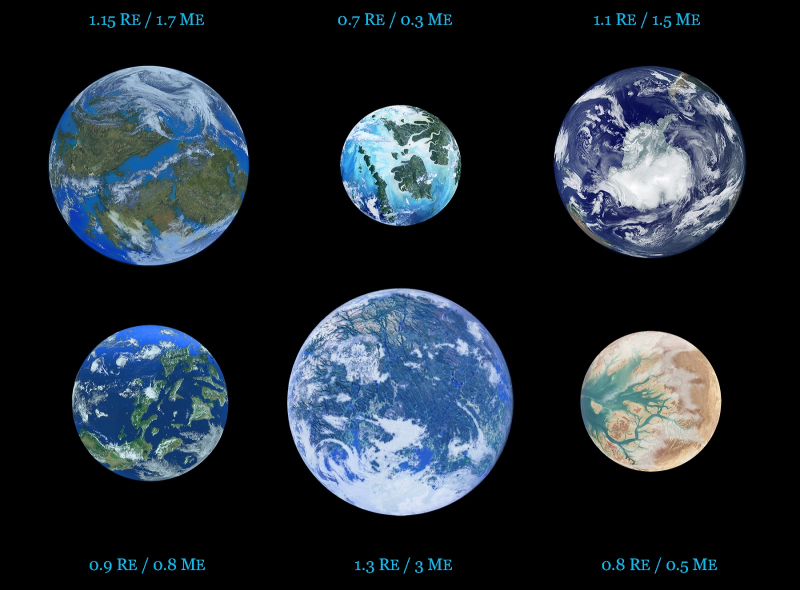
https://backalleyastronomy.blogspot.com Cool Worlds channel on Youtube -
Black holes are challenging phenomena for more reasons than you may realize. The majority of people are aware of black holes on some fundamental levels thanks to science fiction, and they know that they are extremely huge astral bodies with extremely strong gravitational fields from which even light cannot escape. You may have even heard that when a star collapses in on itself, a black hole arises. But it appears like that only applies occasionally.
Many galaxies include supermassive black holes, which are true to their name. Tens of millions of times more mass than the sun can be found in supermassive black holes. Our sun is not the largest star in the cosmos by any means, so when a star that is much larger collapses, it may create a large black hole, which may continue to grow over the course of millions of years.
The issue with supermassive black holes is that they have an excessive amount of mass. These gigantic ones simply don't make sense in light of the age of the universe and what is known about how black holes arise and expand. They shouldn't have grown to their current size.
These might have been produced at the same time as the universe. Alternatively, they might devour other enormous black holes and spiral out of control. Nobody truly understands how huge they are or why they got that way.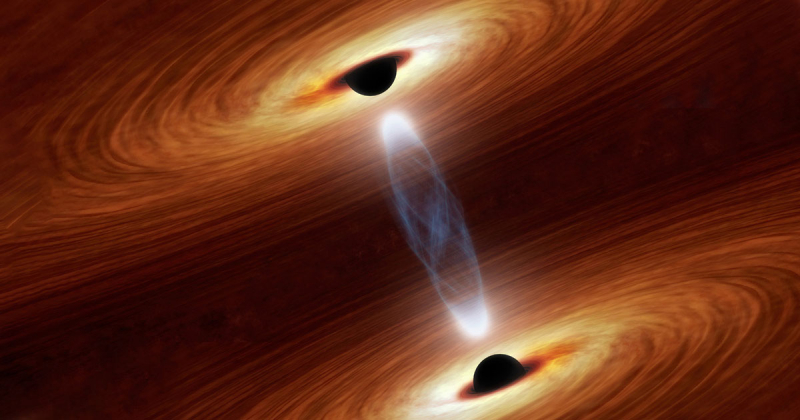
https://futurism.com/ Science Channel channel on Youtube -
Where was that energy coming from when researchers first noticed that the cosmos was growing more quickly than they had anticipated? According to our knowledge, there was not enough energy available to support the expansion of the cosmos, which requires power from somewhere.
Many of the enigmas of the universe can be explained by the idea of dark energy. The expansion of the universe had to be made possible by something outside of ourselves. There also needs to be a ton of stuff out there based on our understanding of the universe's mass, but we'll get to that in a moment.
Therefore, the idea of dark energy is a reasonable method to explain why the universe expands in the manner that it does. However, the issue is that no one is sure what dark energy is or where it comes from. It provides a solution to one question but also raises other new ones that need to be addressed.
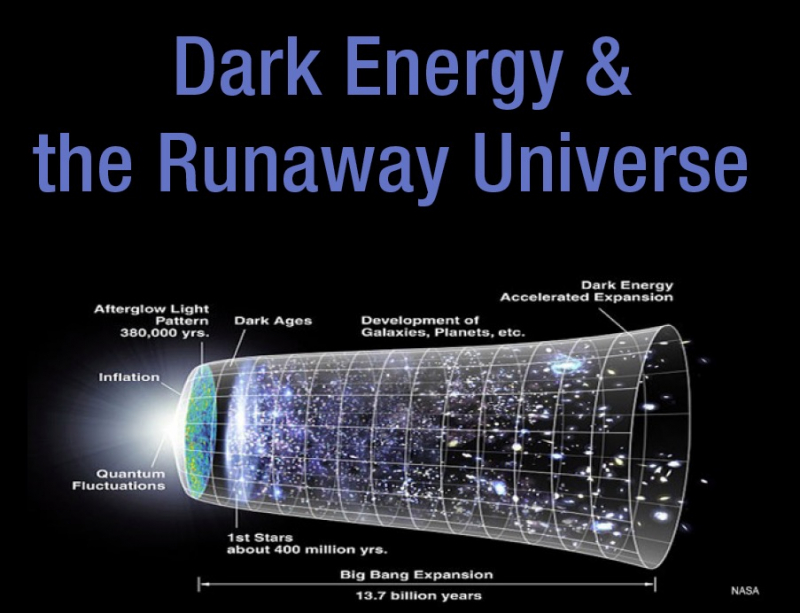
https://interstellarrodiac.blogspot.com/ Kurzgesagt – In a Nutshell channel on Youtube -
The majority of us undoubtedly imagine space to be gloomy. Thanks to the far-off stars, it appears to be mostly dark. However, there is a lot more light than you might initially believe, and as of yet, we don't know why.
A few years ago, the NASA New Horizons spacecraft departed from our solar system and began traveling into space. In order to see how brilliant the universe actually was, NASA tried to block out all known light sources while traveling. Half of the ambient light remained in the end, all of it coming from unidentified sources.
It's possible that the light is merely an optical illusion and that New Horizons only noticed it as a result of a technical glitch. It's also feasible that the universe is simply extremely luminous for unexplained causes. In any case, as far as we currently know, half of the universe's light comes from an unknown source.
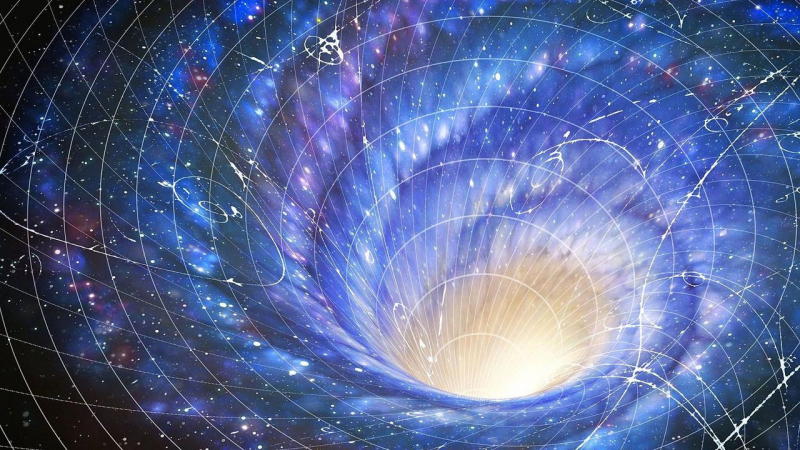
https://quantumwormholes.medium.com/ TED-Ed channel on Youtube -
There are a few scenarios that could occur when a star has essentially burned itself out. A star with sufficient mass may fall to the ground and create a black hole. Science fiction lovers ought to have a rudimentary understanding of the idea of other stars going supernova. The star sputters, enlarges, and transforms into a red giant. The star's core's neutrinos rapidly expand as it compresses, continuing to expand until they trigger a catastrophic supernova explosion.
Scientists have had an extremely difficult time simulating a supernova in computers. Computer stars collapse when given the observable data we have, and that's it. They collapse in on themselves due to their own gravity. Nothing huge exploded. And that is the heart of the supernova riddle. How did the star burst so violently if gravity caused it to collapse when it became so massive? It is still somewhat mysterious why certain stars supernova while others do not. We may be lacking a lot of information about what occurs within a dying star, but for the time being, the situation is still unknown.
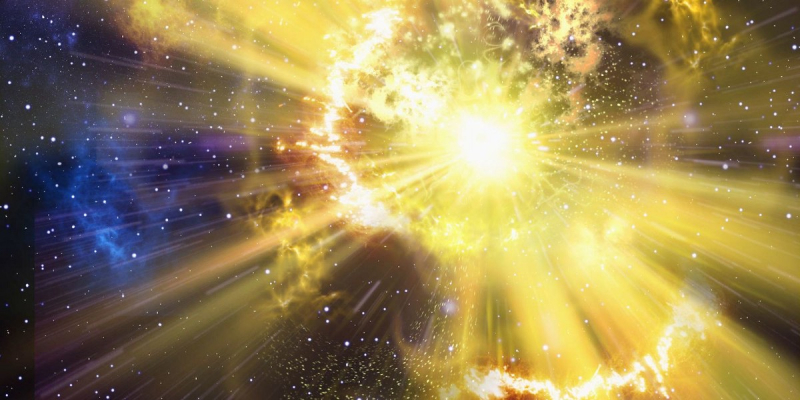
https://medium.com Seeker channel on Youtube












